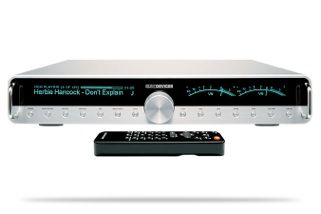
More general information for Echolink can be found at the Echolink website here. More general information for IRLP can be found at the IRLP website here.

Tap the microphone picture to stop transmitting. On the QSO tab, tap the Transmit button to begin transmitting the screen will change to a picture of a microphone. The Station Shortcuts simply make it easier to connect to a given node that is used often. When you are connected to another station, wait for a quiet break, then begin transmitting. The 9 command will cause the repeaters to re-connect to the LAST Echolink node it was connected to. To connect to an IRLP station simply enter the node number. Echolink and is not set up for more than one connection (this should never happen with the MONTANA or WR7HLN Conference Servers). If your keypad does not have the symbols but does have the letters E and F then substitute * with E and # with F. DTMF keypads usually have the numbers 0 to 9, the letters A to D as well as the * and # symbols. Use your DTMF keypad to enter command codes and node numbers. Note that not all stations support both types of link. To locate a station’s Echolink node number, please visit the Echolink login status page here.

To locate a station’s IRLP node number, please visit the IRLP status page here. The node number is unique for each station and repeater.

To contact another repeater or station, you must first obtain the station’s IRLP or Echolink node number.
#HOW TO CONNECT ECHOLINK STATIONS TO EACHOTHER AUTOMATICALLY MANUAL#
Consult the operator manual for your rig to use DTMF tones. Using Internet Radio Linking Project (IRLP) and EchoLink on Western Australian Repeater Group 70cm repeater VK6RVP.Īccessing the IRLP/Echolink commands requires DTMF tone capability available on most modern transceivers.


 0 kommentar(er)
0 kommentar(er)
